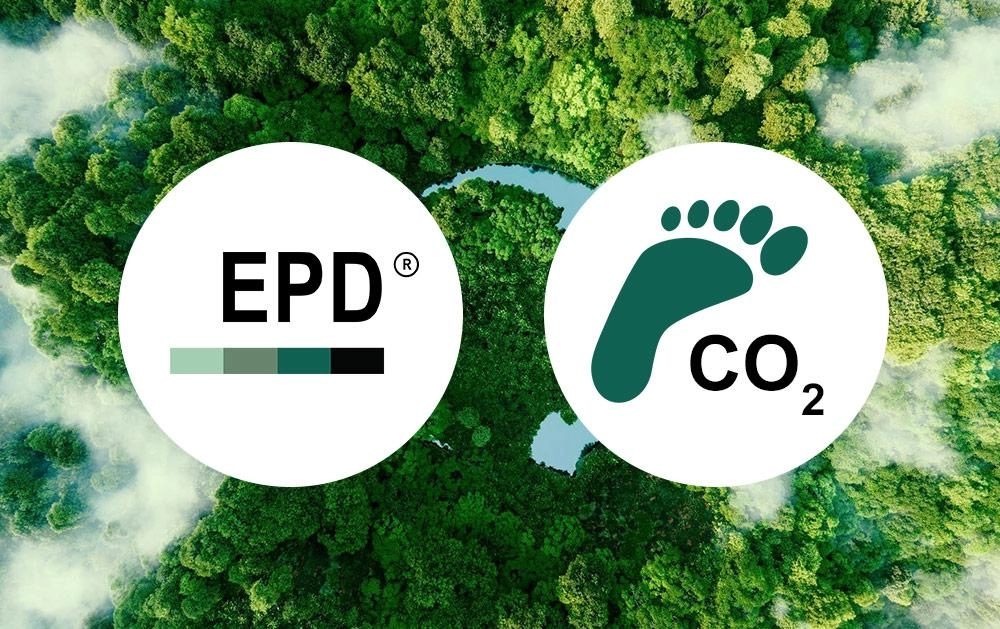CO2 or EPD, you just have to figure it out. Nevertheless, the terms are very interesting if you want to look at the environmental impact of building materials. What is the difference and how can you compare? We explain.

The abbreviation EPD stands for Environmental Product Declaration. EPD is a document in which you can find information about the environmental impact of a building material. Manufacturers of building materials can draw up such a declaration voluntarily. A third, independent party checks the correctness of the declaration. That way, you can be sure that the info is correct and true. In addition, the EPD is used in Belgium as a legal basis to make statements about the sustainability of a product.
That environmentally relevant product declaration goes beyond just the CO2 footprint. An EPD takes into account 16 factors that have an impact on the environment. These include, for instance, the use of water, the acidification of the soil due to nitrogen emissions, how much fossil raw materials you use, fertilisation of the land, etc. One of the sixteen factors is the GWP (Global Warming Potential), which is the carbon footprint of the product. Moreover, the EPD assesses not only the final product, but the entire production process, i.e. from the extraction of raw materials to the product's disposal process (Cradle to grave).
How to compare EPDs?
EPDs are often country-specific. In Belgium, this is why they are called B-EPDs. One way to consult them is via TOTEM or via the federal EPD database, an official tool that collects all B-EPDs.
EPDs are not necessarily drawn up in the same way in the different European countries. As a result, you cannot always compare them one-to-one with each other.
Even comparing different types of products is not always obvious. For example, suppose you want to compare PIR with mineral wool to insulate your building. Since both materials have an intrinsically different insulation value (lambda value) and density, the thickness to be applied for the same thermal resistance (R-value) will be different. With mineral wool, you already easily need a thickness of 130 mm to get the same insulation value as a PIR board with a thickness of 80 mm. So the values you see on that EPD will also need to be converted. That is why it is important to start comparing products with the same thermal resistance or so in the amount they will be installed in the application.
Recticel has three EPDs in Belgium.
Do you want to read the full reports? Then take a look here.